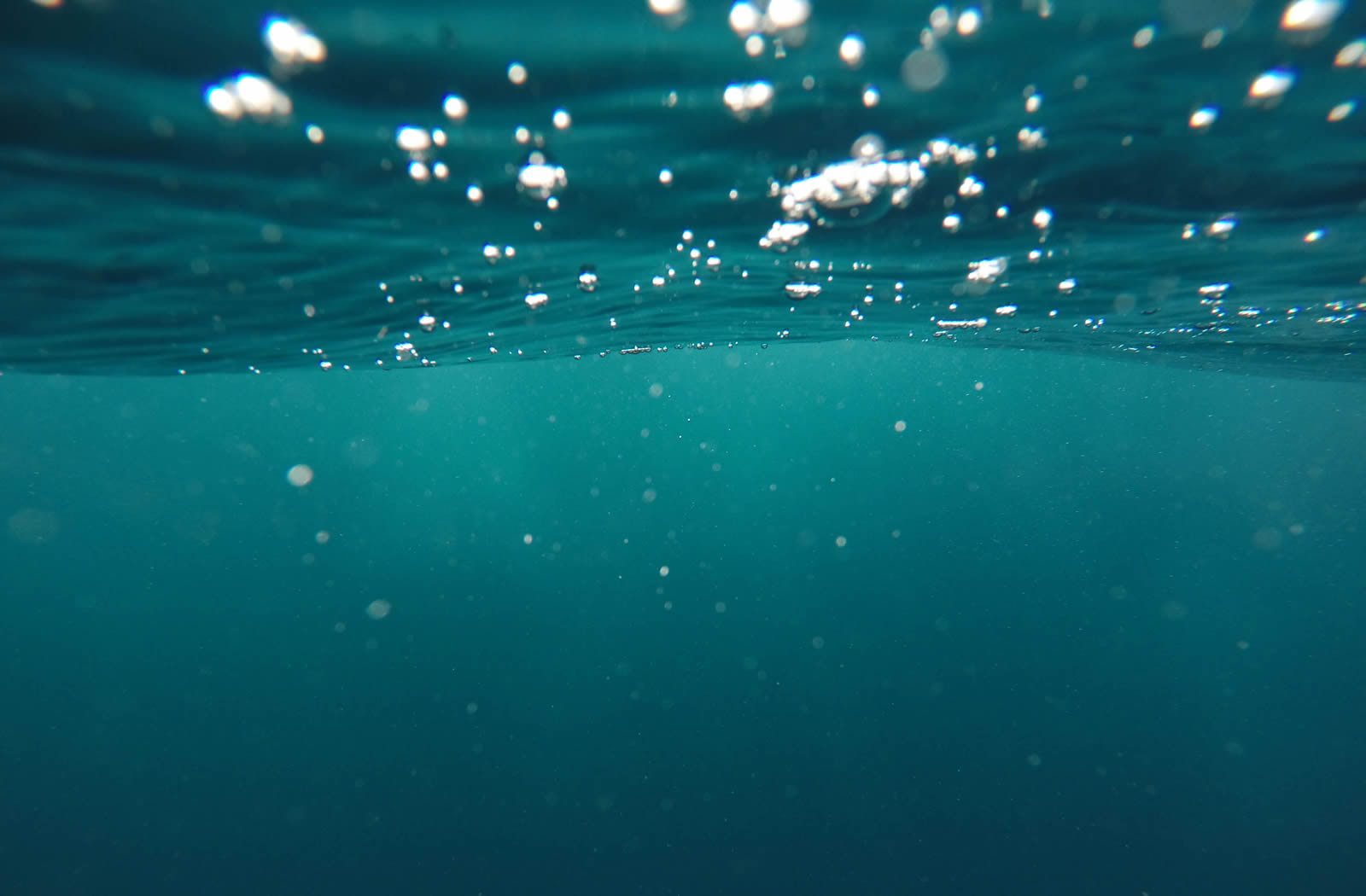Some causes of Boat Under-Performance
- Incorrect or poor choice of propeller for the boat/motor/hull combination.
- Incorrect transom height for the outboard motor.
- Poor weight distribution within the boat.
- Poor power to weight ratio (caused by over-loading).
- Incorrect throttle cable adjustment not allowing full throttle speed.
- Poor engine cylinder compression or faulty spark plug.
Poor propeller selection is a common cause of under-performance in a boat.
Many boats are using an incorrect or poorly selected propeller that doesn't accurately match the boat/motor/hull and boat usage combination.
Having the wrong propeller blade geometry will inhibit the boat's ability to low speed plane and carry a load in hard conditions.
An incorrect pitch will not allow the engine to make peak wide open throttle revs.
Using the wrong propeller can:
- impair the performance of an otherwise good boat,
- be responsible for a poor ability to accelerate and plane in hard confitions or under load,
- cause excessive fuel usage,
- cause early bush failure,
- cause engine damage,
- invalidate the engine warranty.
Choosing the right Propeller
To optimise the performance of your boat, it's essential to match the propeller to the whole combination of your boat/motor/hull and the use of the boat.
Propeller Warehouse has conducted thousands of 'on water' tests on boat, motor, hull and propeller combinations - also factoring in the weight and usage of the boats.
We have the most extensive database of trialled and tested combinations in Australia; and the largest range of propeller range geometry.
Propeller Warehouse offers a total of 8 different blade shape geometries in a combination of 8 different pitches.
This means that we can identify and supply the exact propeller to optimise their performance of the majority of production and custom built boats.
Using the right Propeller can:
- help the boat to reach maximum capacity in all conditions and allow it to plane easily with a moderate load,
- allow the engine to rev within its specific rev range; and attain maximum speed for any given rev range. This ensures compliance with the requirements of the engine manufacturer's warranties.
- allow low speed planing on flat water and hold planing in a swell or following sea without constantly needing to change the throttle position,
- improve the handling and predictability of the boat in any conditions,
- ensure quick throttle response for safer bar crossing,
- improve a bad boat/motor combination,
- give the best fuel economy for the given boating conditions

